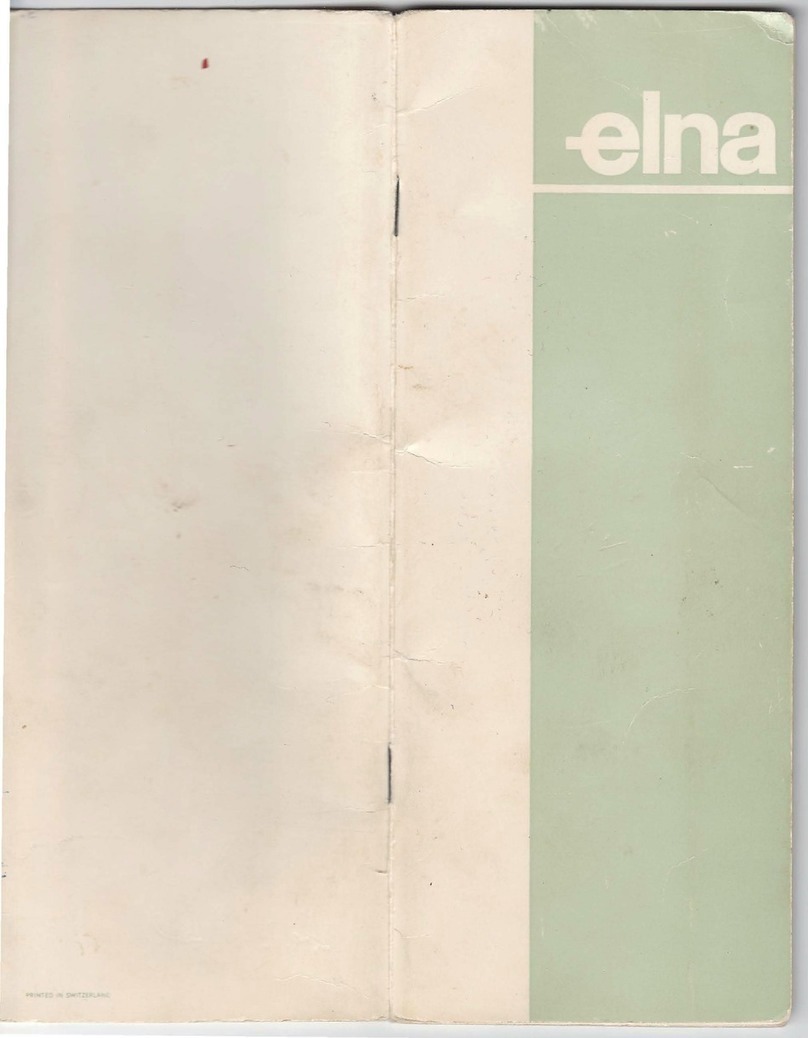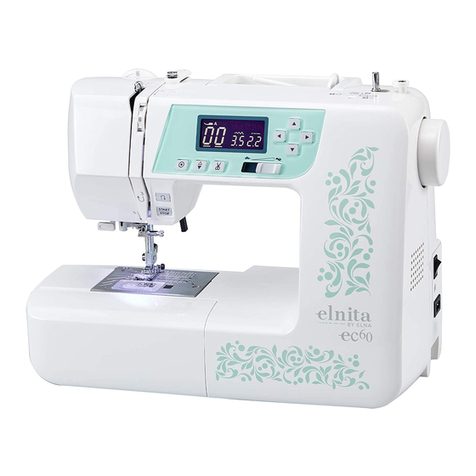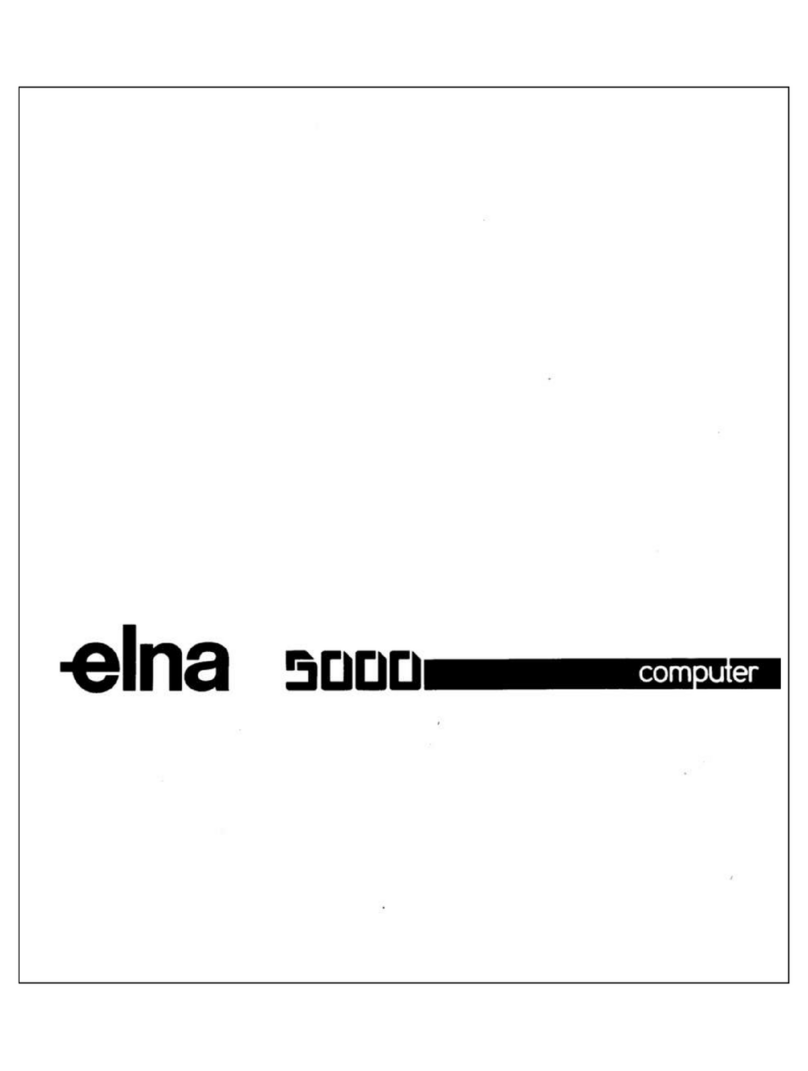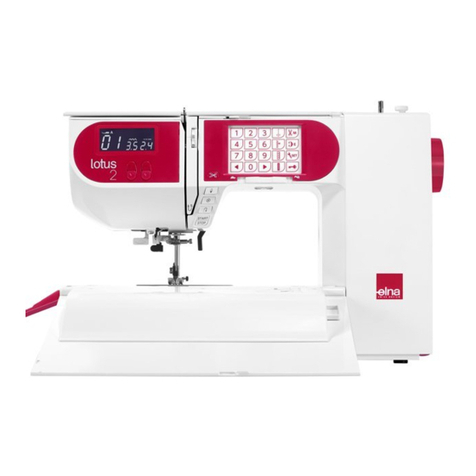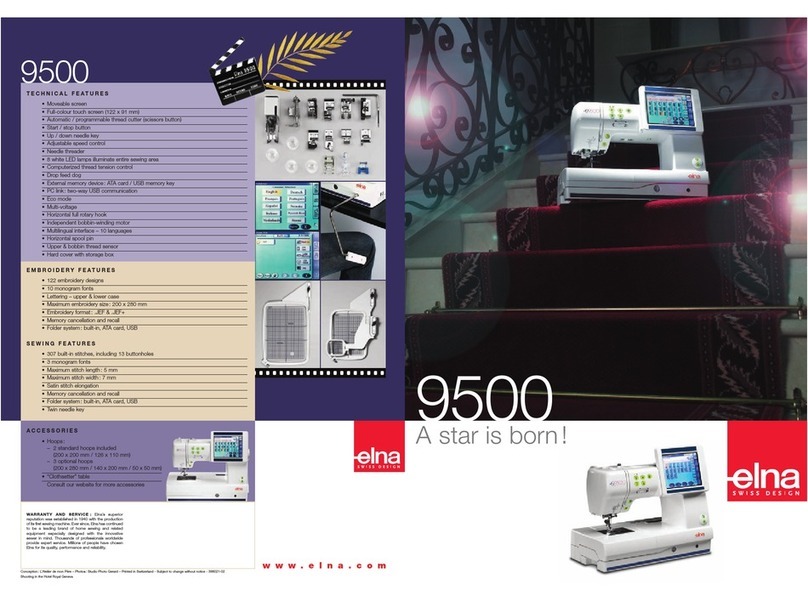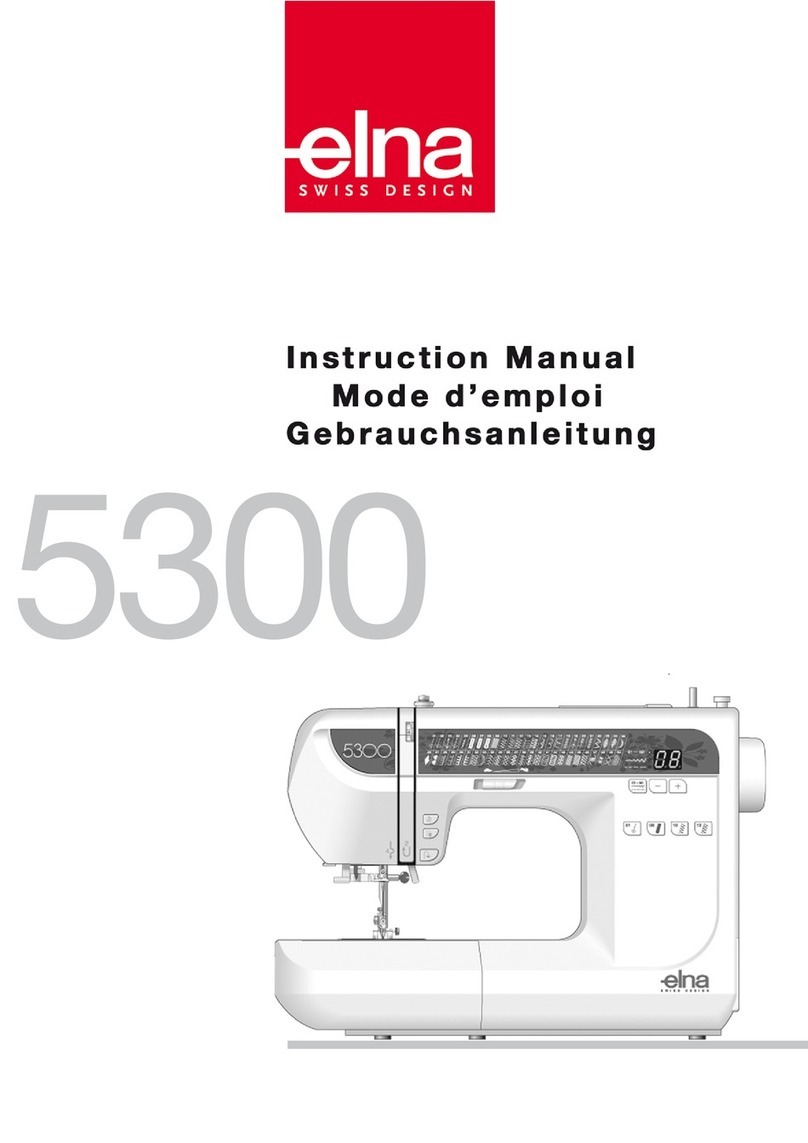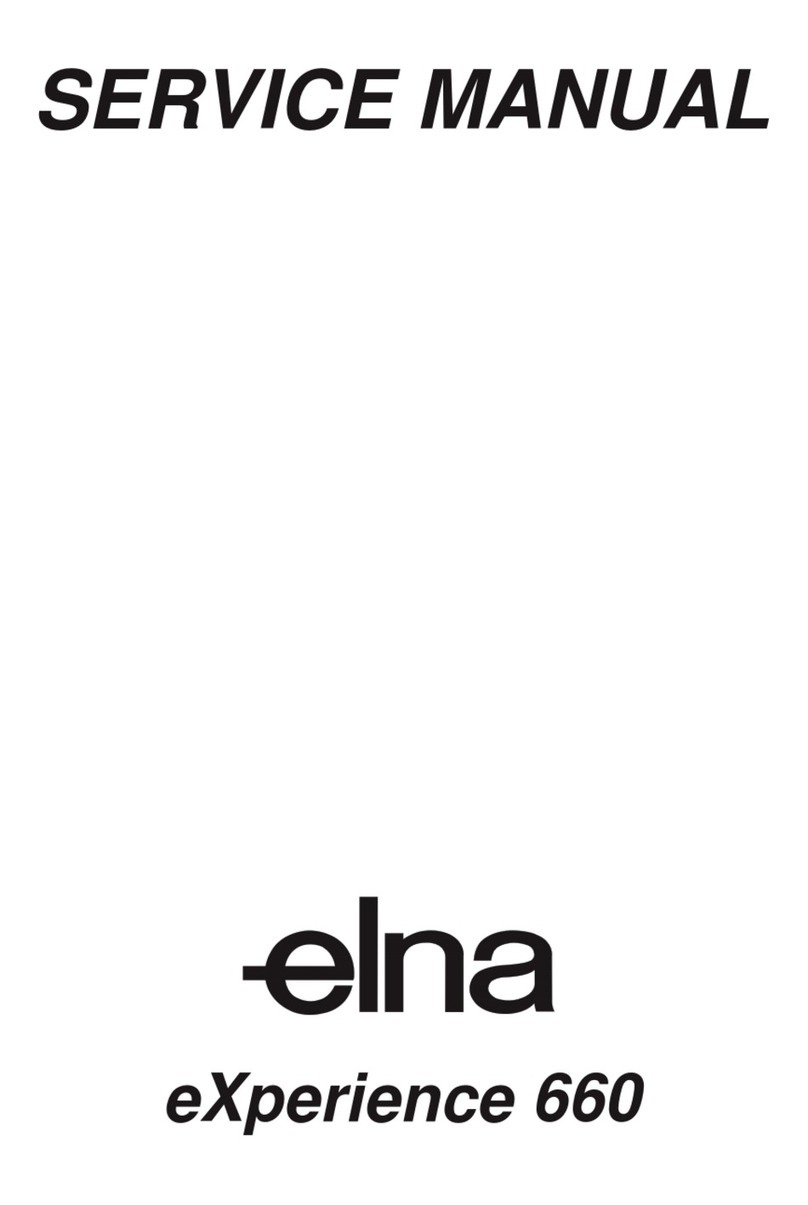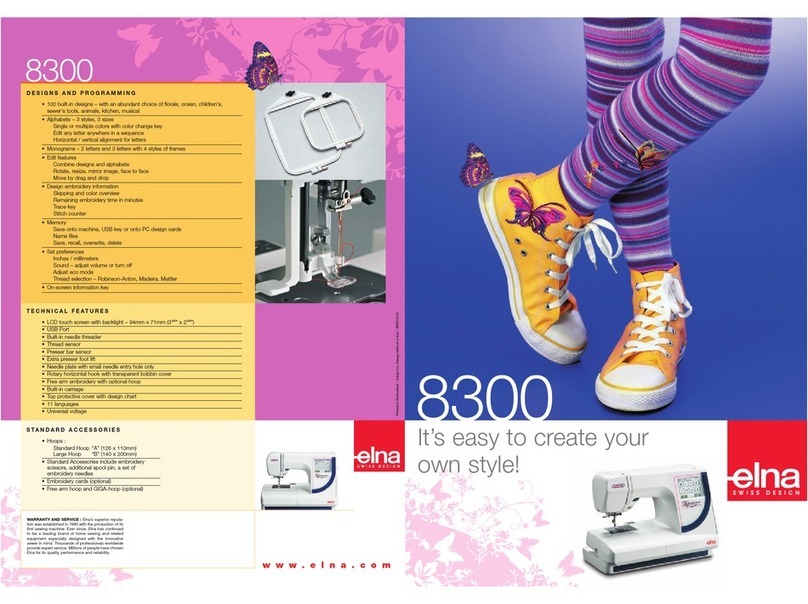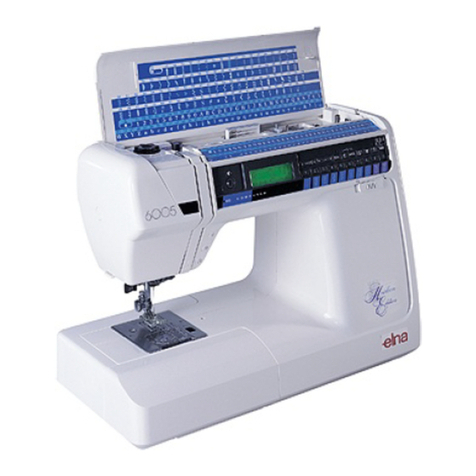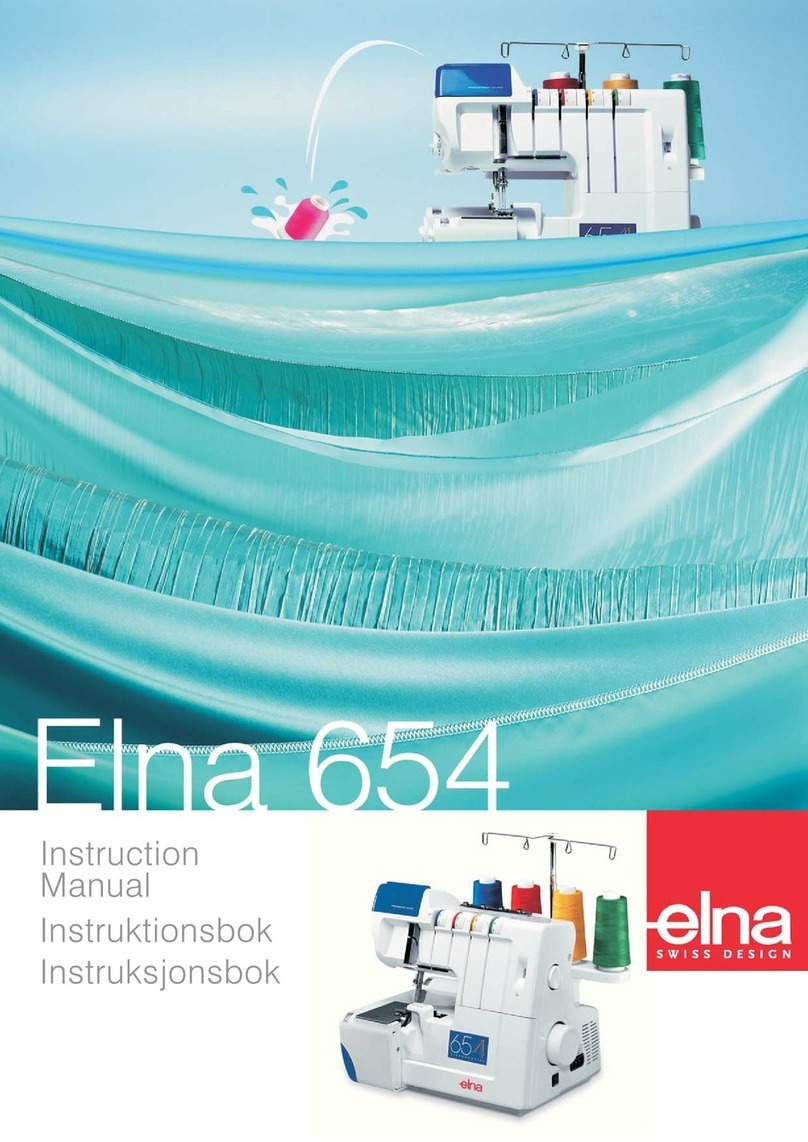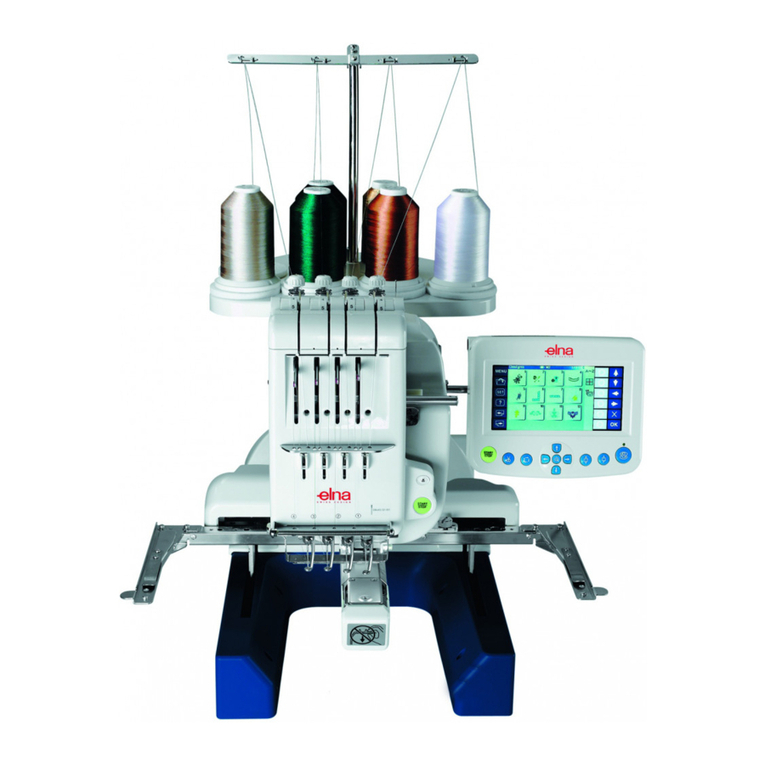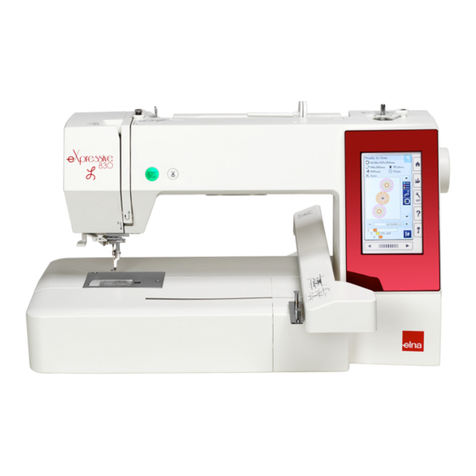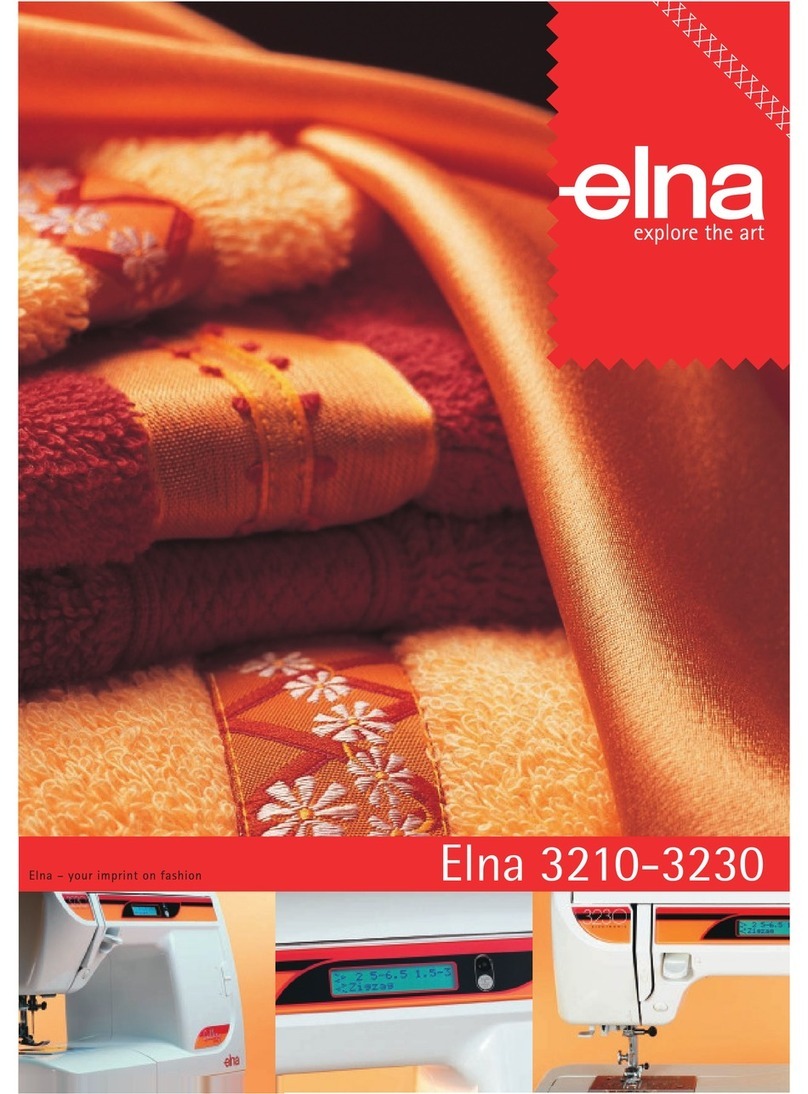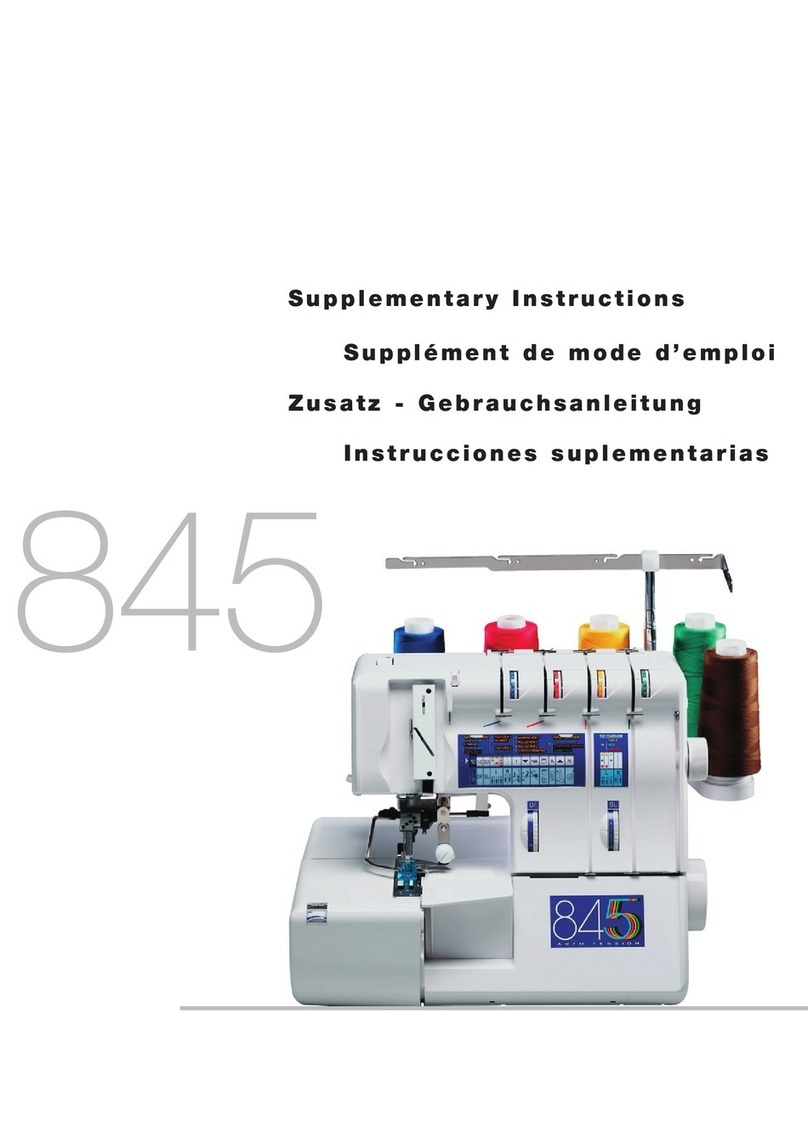TABLE OF CONTENTS
WHAT TO DO WHEN........................................................................................................ 1-3
SERVICE ACCESS (1) FACE COVER............................................................................... 4
SERVICE ACCESS (2) BED COVER ................................................................................. 5
SERVICE ACCESS (3)(4) FRONT COVER .................................................................... 6-7
SERVICE ACCESS (5) REAR COVER............................................................................... 8
MECHANICAL ADJUSTMENT
PRESSER BAR HEIGHT AND ALIGNMENT .............................................................................. 9
NEEDLE DROP POSITION ....................................................................................................... 10
NEEDLE TO SHUTTLE TIMING................................................................................................ 11
NEEDLE BAR HEIGHT.............................................................................................................. 12
NEEDLE CLEARANCE TO SHUTTLE ...................................................................................... 13
BACKLASH (BETWEEN LOWER SHAFT GEAR AND SHUTTLE HOOK GEAR).................... 14
FEED DOG HEIGHT.................................................................................................................. 15
ZIGZAG SYNCHRONIZATION.................................................................................................. 16
NEEDLE THREAD TENSION.................................................................................................... 17
STRETCH STITCH FEED BALANCE........................................................................................ 18
REPLACEMENT AND ADJUSTMENT OF THE NEEDLE THREADER PLATE ....................... 19
CONNECTOR DIAGRAM .......................................................................................................... 20
SELF DIAGNOSTIC TESTS ...................................................................................................... 21
SELF DIAGNOSTIC SHEET................................................................................................. 22-25
REPLACING PRINTED CIRCUIT BOARD A............................................................................. 26
REPLACING SLIDE VOLUME AND PRINTED CIRCUIT BOARD F......................................... 27
REPLACING DC MOTOR AND ADJUSTING MOTOR BELT TENSION .................................. 28
REPLACING THE FUSES ......................................................................................................... 29
REPLACING MACHINE SOCKET (UNIT) ................................................................................. 30
REPLACING THE TRANSFORMER ......................................................................................... 31
REPLACING THE ZIGZAG WIDTH MOTOR ............................................................................ 32
REPLACING THE FEED STITCH MOTOR ............................................................................... 33
ADJUSTING BUTTONHOLE LEVER POSITION ...................................................................... 34
ADJUSTING THE BOBBIN WINDER SWITCH ......................................................................... 35
OILING....................................................................................................................................... 36


